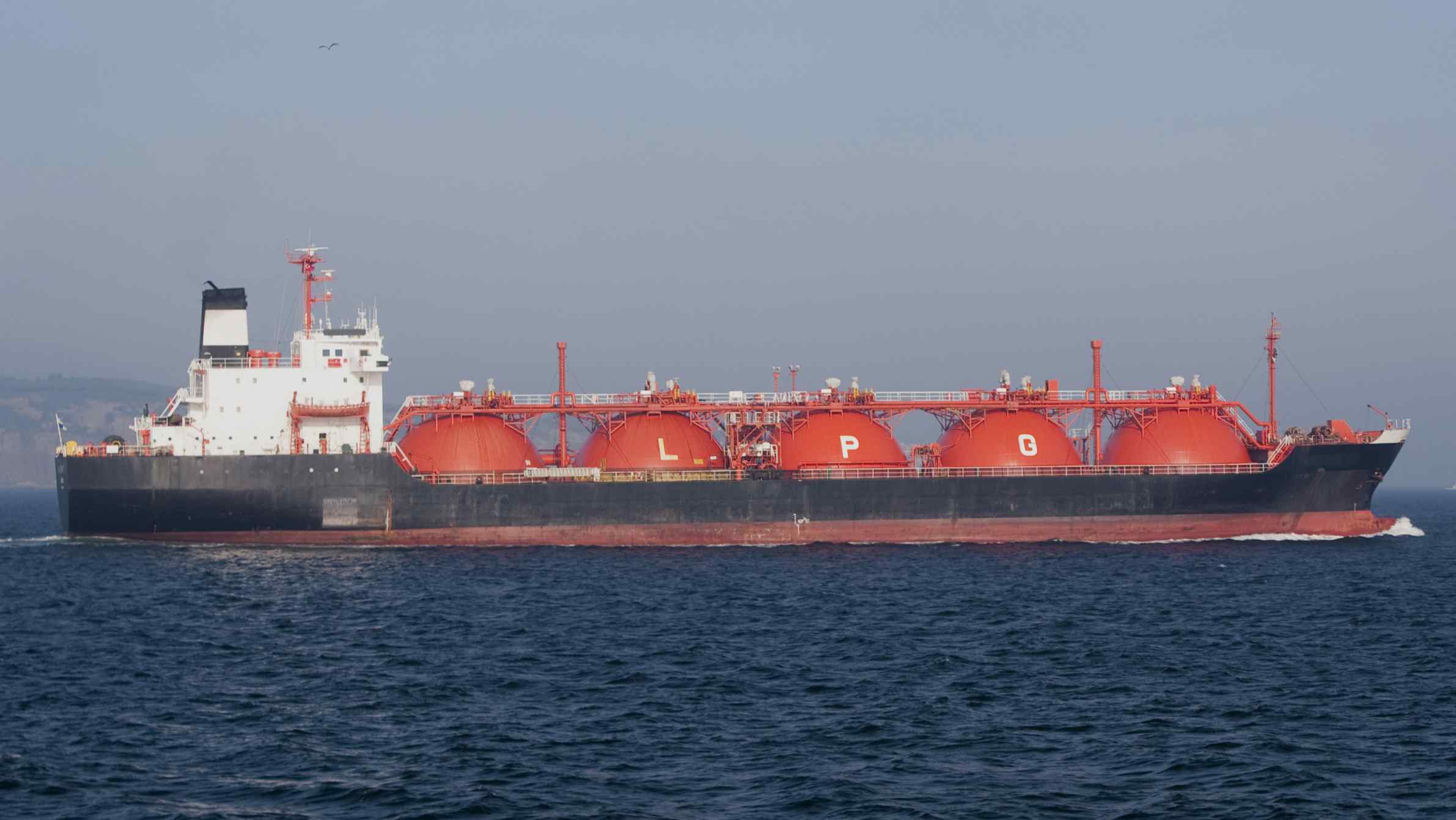Overseas natural gas liquids are now on the horizon for Canada’s energy trade mix. Natural Resources Canada indicates that raw natural gas is mostly comprised of methane (the largest constituent of household natural gas), but also contains various heavier hydrocarbons, consisting of ethane, propane, butanes and pentanes, and are called natural gas liquids (NGLs).
NGLs are an important component of the Canadian energy mix. Ethane is a feedstock for the Canadian petrochemical industry. Propane is also used as a feedstock for the petrochemical industry and is used for space heating in the residential and commercial sectors. Historically, Canada’s natural gas and natural gas liquids (NGLs) production were consumed within the country or shipped to the United States. With the U.S. successfully developing its shale gas reserves, it is becoming a net energy exporter in some commodities.
This, in turn, is having an impact locally as Canada’s exports of natural gas and NGLs are being displaced by domestic U.S. production, as a result of which new overseas markets must be developed which will require new transportation infrastructure.
Pacific Coast
In the current low price environment, producers have focused their efforts on resource plays on NGLs-rich areas. Mr. Gerry Goobie, Principal, Gas Processing Management Inc. in a 2014 presentation to the Canadian Propane Association noted, “Producers will target rich gas prospects and all recoverable NGL will be produced. The NGL component has become a much larger portion of the revenue from a gas well in recent years.”
With an increasing availability of surplus NGLs in Canada, producers have the option to either curtail extraction, seek North American buyers who need the gas liquids for petrochemical feedstock, or export to global LPG markets overseas. Finding new North American buyers in an increasingly saturated market is not without its transportation challenges. The U.S. Energy Information Administration reported that in April 2014, the Cochin pipeline was removed from propane service. Since the 1970s, much of the propane that wasn’t consumed in Canada was shipped to the U.S. along the Cochin Pipeline System, operated by Kinder Morgan, which carried up to 50,000 bpd to Minnesota and beyond. In July 2014, the pipeline was repurposed to ship light petroleum liquids north from Illinois to western Canada. Without this pipeline, western Canadian propane production has been sent by other existing transport modes such as rail or placed into inventory at Canadian storage facilities. The declining value of western Canadian propane has encouraged the development of projects to provide additional outlets for growing production.
LNG is a global market that is dynamic in nature. Historically, LNG contracts have been based on attractively-priced long-term supply contracts. Thus, making an investment in B.C.’s LNG industry and exporting the product to the energy-starved Indo-Pacific basin enticing.
Transportation Implications
The Canadian Energy Research Institute reports that if the netback received by a producer for extracting and marketing the NGLs in the local market is higher than that of leaving them as part of the LNG, the NGLs will be monetized locally. Production of LPG, a by-product of natural gas often consisting of propane and butane, has plateaued in Canada in recent years. But increasing shale production south of the border has kept LPG prices relatively low compared to global prices.
As Canadian natural gas liquids are being displaced from the U.S. market, new logistics and transportation solutions are needed to reach export customers especially for propane. Accordingly, some significant transportation infrastructure developments are in various stages of implementation:
– Alberta Rail Terminals: Keyera’s South Cheecham Rail and Truck Terminal project and Plains Midstream’s Fort Saskatchewan Facility expansion project would both support the shipment of propane and butane by rail to Midwest markets, Gulf Coast, and West Coast marine export terminals.
– Pacific Coast Marine Terminals: Petrogas acquired the only existing LPG export facility in Ferndale, Washington. A new export LPG facility is being proposed for Longview Washington by Sage Midstream and in Portland Oregon, Pembina Pipeline Corp. is advancing a project.
Conclusion
Increased natural gas production and the removal of the natural gas liquids could lead to various types of specialized energy export opportunities for British Columbia. AltaGas Idemitsu Joint Venture Limited Partnership is proposing a liquefied natural gas (LNG) and liquefied Petroleum Gas (LPG) project. In May 2016 AltaGas Ltd. announced it had reached a preliminary agreement on key terms with Astomos Energy Corp., which would buy at least 50 percent of the 1.2 million tonnes of propane to be shipped from the Ridley Island Propane Export Terminal.
Another LNG export proposal in British Columbia Aurora LNG is considering the inclusion of an NGL marine loading facility as part of its project. Finally, companies such as Pembina are considering a Pacific Coast terminal to export LPG products such as propane that would be carried by rail to a British Columbia-based tidewater location. The natural gas revolution is proving to be a game changer not only in the evolution of global energy trade but also in the transportation infrastructure, modes, and routes needed to support exports of both LNG and natural gas liquids from North America.

